Vitamin D is an essential nutrient that our body needs for many important functions, such as building and maintaining strong bones. Low levels of vitamin D cause many public health problems worldwide. Vitamin D deficiency is recorded to affect 13% of the world’s population. Vitamin D also called “sunshine vitamin” because our body produces vitamin D naturally as a response to sun exposure.
We all know that Sun-light is the best source of vitamin D. Millions of people live the area where in winter temperature is cold and sub zero so, it is not possible to go out in sun to boost Vitamin D. We need to rely on some alternative sources like food to increase vitamin B2 and Vitamin B3 at appropriate level.
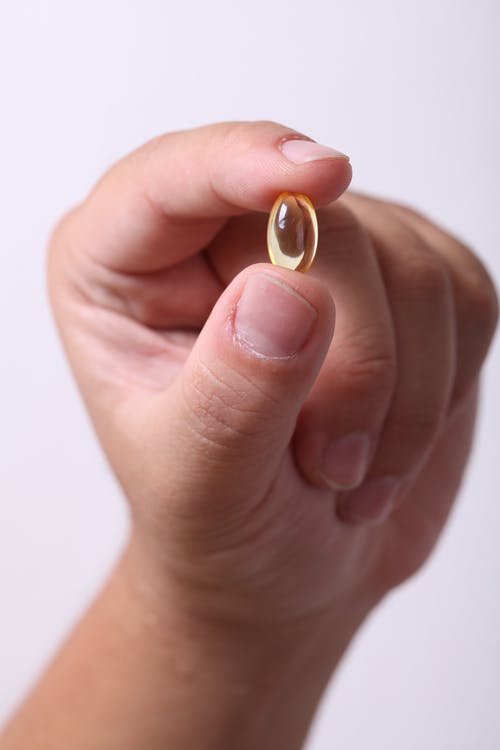
Followings are some known alternative sources of vitamin D.
Yogurt
Yogurt is a famous dairy product. It is rich many important nutrients such as protein, calcium, and beneficial bacteria to promote gut health. Yogurt is also fortified with vitamin D. Fortified yogurt increases vitamin D levels and gives many health benefits.
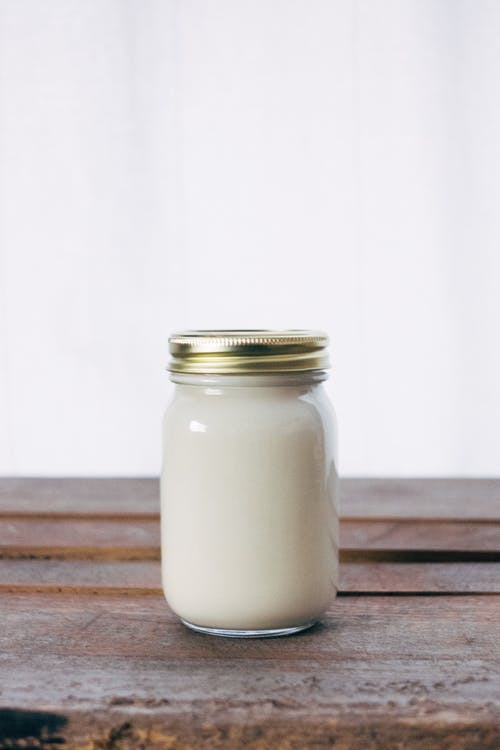
Yogurt contains about 5 IU of vitamin D per 8 ounces serving. Yogurt fortified with vitamin D is associated with weight loss, strong bones, a healthy immune system, and control blood glucose level.
Orange Juice
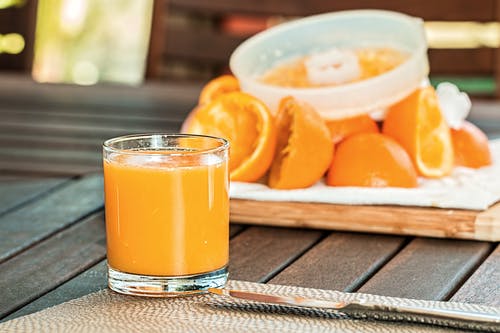
About 75% of the population is lactose intolerant, they cannot digest milk. For this reason, in some countries, orange juice is fortified with vitamin D and other nutrients including calcium.
1 cup or 237ml of fortified orange juice contains up to 100 IU of vitamin D or 12% of the daily value.
Soy Milk
Vitamin D is most abundantly found in animal products, so vegetarians are not able to get enough vitamin D. To solve this issue plant-based milk substances like soy milk are fortified with vitamin D and minerals which are usually found in cow’s milk.
1 cup or 237ml of soy milk contains 107-117 IU of vitamin D or 13-15% of the daily value.
Salmon
Salmon is a fatty fish and is also a great source of vitamin D. According to the United States Department of Agriculture (USDA) 3.5 ounce or 100g serving provides 988 IU of vitamin D per serving 124 % of DV, while farmed salmon gives 250 IU 32% of DV. Salmon is also a good source of several B vitamins that help to control inflammation and improve heart and brain health.
Egg Yolks
Whole eggs are an excellent source of vitamin D as well as a super nutritious food. Most of the proteins are found in egg white while the fat, vitamins, and minerals are mostly found in egg yolk.
One egg contains 37 IU of vitamin D or 5% of the required value. Vitamin D levels in egg yolk are based on sun exposure and vitamin D content in chicken feed. However, eggs from hens raised outside or fed on vitamin D richer feed contains higher levels of vitamin D..
Cow’s Milk
Cow’s milk is a common type of milk. Cow’s milk is naturally a good source of many nutrients such as calcium, phosphorus, and riboflavin. In different countries, cow’s milk is fortified with vitamin D.
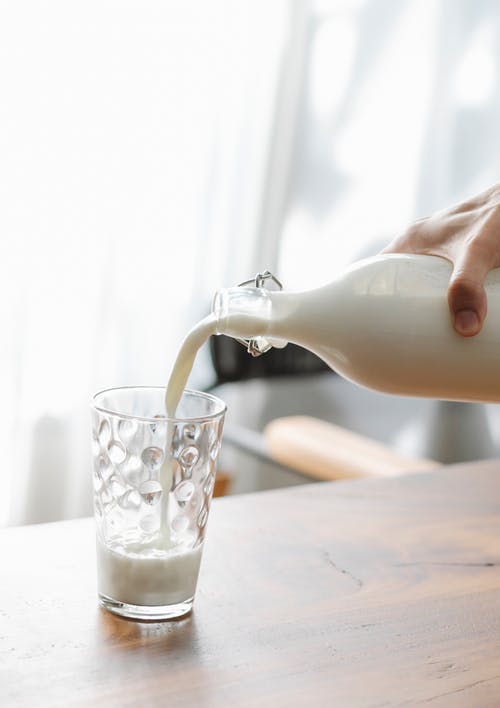
Fortified cow’s milk contains about 115-130 IU per 237ml or about 15-22% of the DV.
Fortified Almond milk
Fortified almond milk provides about 96 IU of vitamin D per serving. Several brands of almond milk are also fortified with calcium.
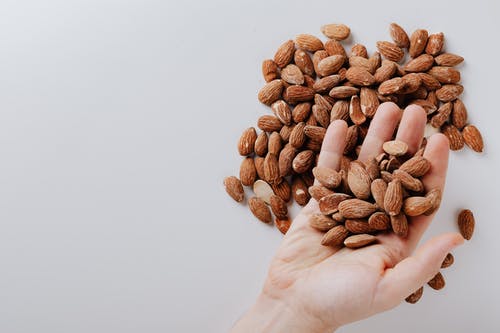
Almond milk is rich in vitamin E and also contains healthy fats. Daily drinking of almond milk reduces the risk of heart diseases.
Fortified Rice milk
Rice milk is also fortified with vitamin D and provides 96 IU of vitamin D per serving. Many brands of rice milk are also fortified with other nutrients such as vitamin A and vitamin B12. Rice milk contains a very little portion of calcium but is rich in carbohydrate content.
Cod liver Oil
Cod liver oil is a famous supplement. Cod liver oil is an excellent way of vitamin D and is the best way to take vitamin D for those who don’t like fish.
Cod liver oil contains about 448 IU per teaspoon or 4.9ml of vitamin D and provides 56% of DV. It has been used for many years to prevent the deficiency of vitamin D in children.
Cod liver oil is also a good source of vitamin A, which can be toxic in high amounts. In addition, cod liver oil is also rich in Omega-3 fatty acids.
Canned tuna
Many people like canned tuna due to its unique flavor and easy storage methods. Canned tuna is also cheaper than fresh fish.
3.5 ounces (100g) serving of canned tuna provides 268 IU of vitamin D that is 34% of DV.
It is also an excellent source of niacin and vitamin K. Unfortunately toxin compound methyl mercury is found in many canned tuna if it builds up in your body then it can cause many serious health problems.
It is estimated that 6 ounces (170 g) serving of canned tuna per week is considered safe to eat for humans.
Herring and Sardines
Herring and sardines are types of fish eaten around the world. It can be served as raw, canned, or smoked.
This small fish is also a source of vitamin D. 3.5 ounces or 100g of herring provides 216 IU which is 27% of DV.
Canned sardines are also a good source of vitamin D and 3.8 ounces provide 117 IU or 22% of DV.
Other types of fatty fish such as halibut and mackerel are also a good source of vitamin D, contain 384 IU and 360 IU per half fillet respectively.
Cereals and Oatmeal
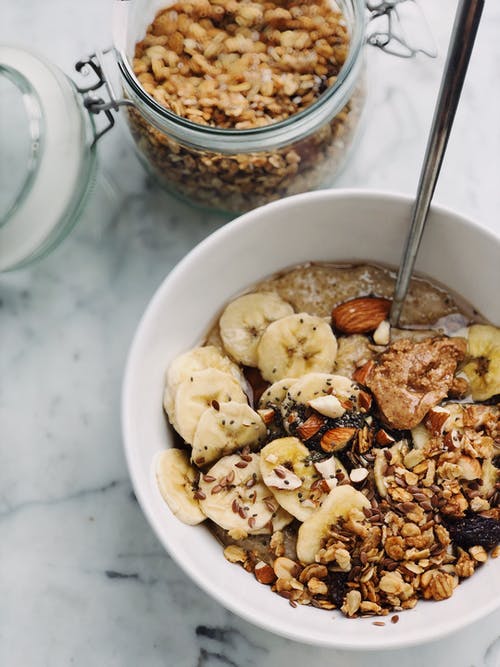
Some cereals and instant oatmeal are also fortified with vitamin D. However fortified cereals and oatmeal give less amount of vitamin D than natural sources, but they can be a good way to boost your intake.
Oatmeal is loaded with many essential vitamins, minerals, and complex carbs which is required to stay healthy and in shape.
Tofu
Vegetarians can add vitamin D into their diet with fortified tofu. Fortified tofu is also a good source of vitamin D.
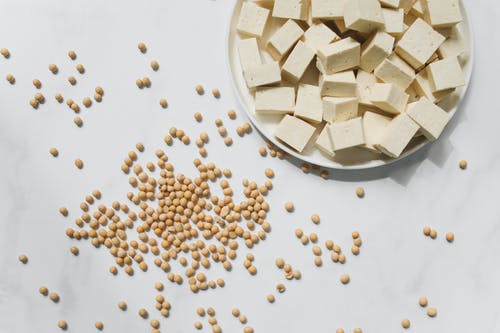
0.63 ounces (18g) of tofu provides 139 IU of vitamin D. Tofu serves one of the highest amounts of vitamin D. Tofu is also an excellent source of protein and contains all essential amino acids. It is also a big source of iron and calcium. Tofu acts as an anti-inflammatory and antioxidant diet.
